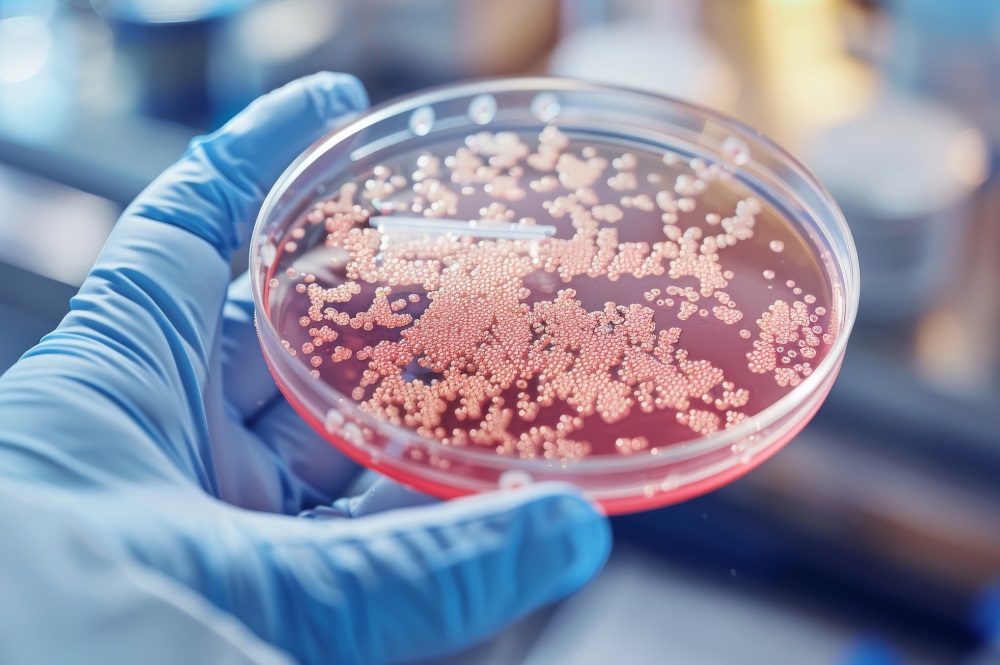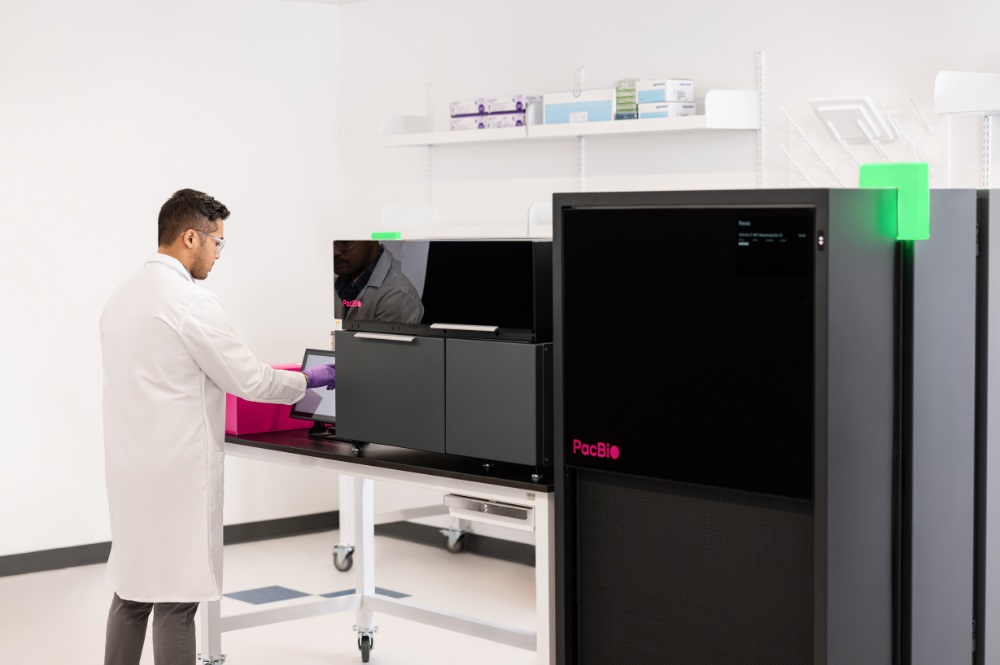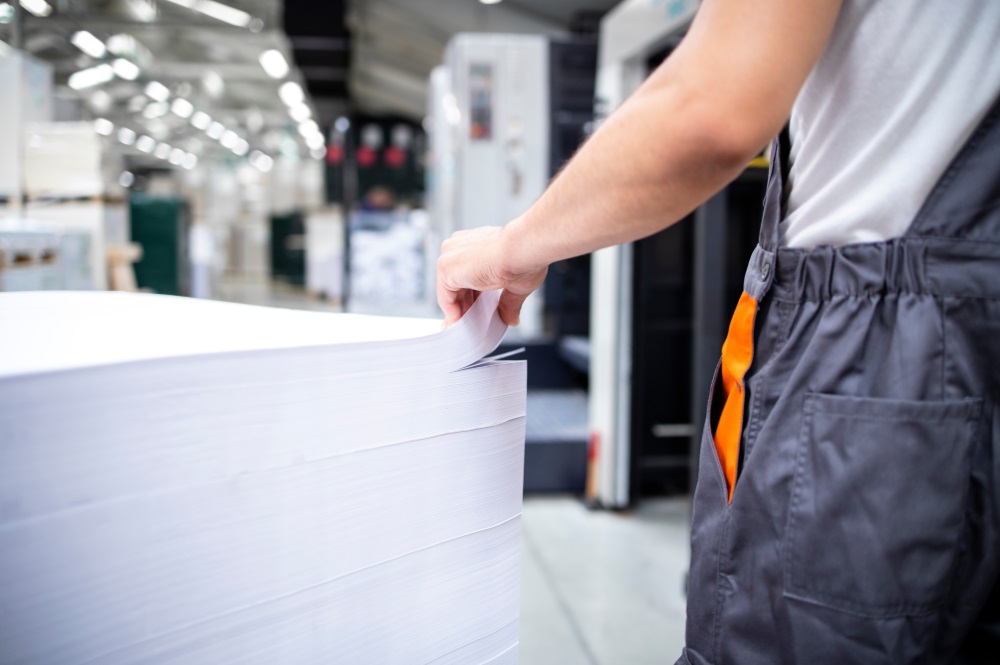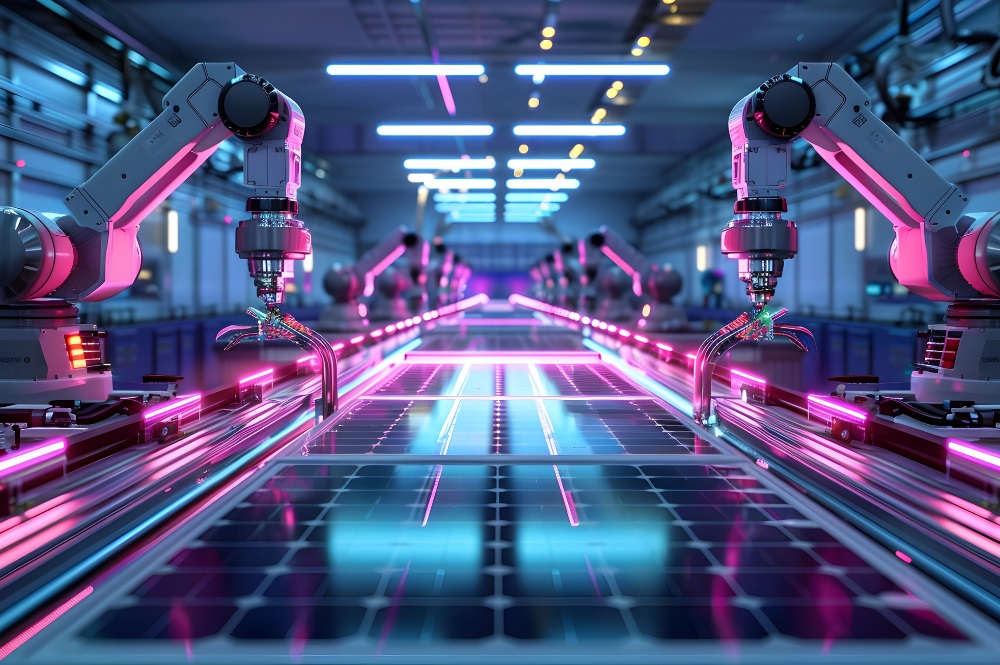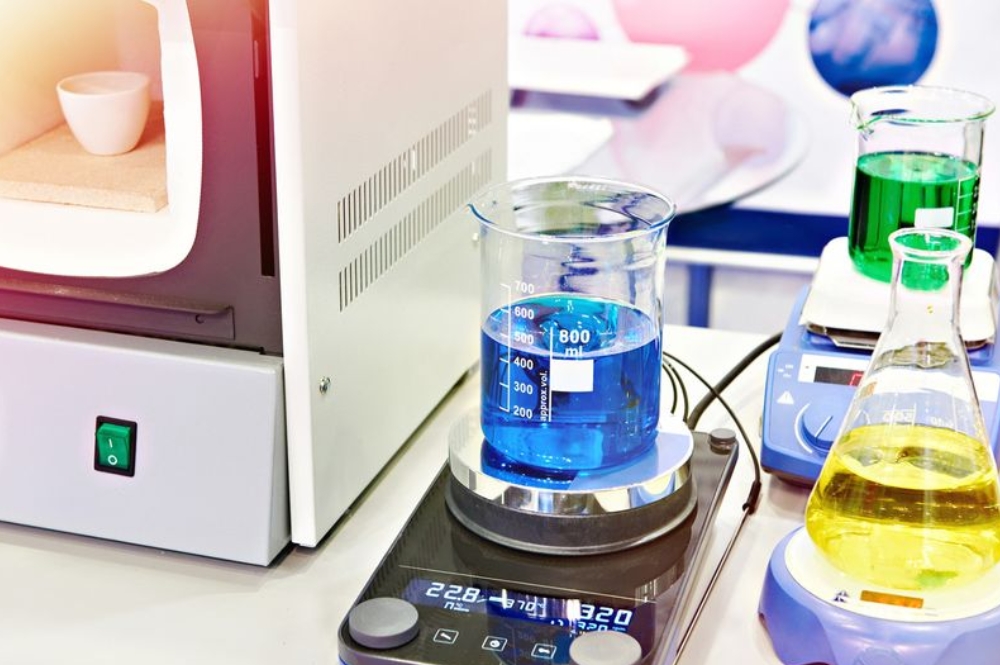Common Causes of PCB Failure
Physical damage is a frequent cause of failure, often resulting from drops, shocks, or mishandling during disassembly. This can lead to broken components or cracked boards. Trace damage is another concern, as metal dust, overheating, power surges, or short circuits can compromise the conductive paths, leading to board malfunction.
Additionally, poor design, assembly errors, and environmental factors like heat, humidity, and static electricity can degrade PCB materials and components, reducing their performance.
PCB assembly failure is the second most common issue. When no physical damage is present, the problem often lies with faulty components such as diodes, transistors, or integrated circuits (ICs). These components may fail or become obsolete over time. Identifying and replacing defective parts is critical for restoring board functionality.
The Benefits of Repairing Over Replacing PCBs
Fortunately, most PCBs can be repaired. Whether the damage is physical, such as broken laminates or lifted pads, or due to component failure, skilled technicians can restore a PCB to its original functionality. The repair process requires a deep understanding of basic circuitry, engineering, and meticulous hand-eye coordination. With the right expertise and the right equipment, even severely damaged boards can often be salvaged. Repairing a PCB offers several advantages over replacing it with a new one. It is generally more cost-effective to repair a PCB, particularly for complex or specialized boards. Time efficiency is another factor, as repairs can often be completed faster than ordering and installing a new board.
Sustainability Through PCB Repair
In addition to cost and time savings, PCB repair contributes significantly to sustainability efforts. As the electronics industry increasingly prioritizes green practices, repairing rather than replacing PCBs helps reduce electronic waste. Manufacturing new PCBs consumes raw materials, energy, and resources, which contribute to the environmental footprint of electronics. By extending the life of existing PCBs through repair, we not only conserve these resources but also minimize the environmental impact associated with the disposal of electronic waste. This approach aligns with sustainable practices in PCB manufacturing, which emphasize reducing waste, recycling materials, and choosing eco-friendly alternatives. Repairing PCBs is a crucial step towards a more sustainable and responsible electronics industry.
PCB Repair Solutions
When it comes to PCB repair, having the right tools and technologies is crucial. For instance, VJ Electronix (VJE) offers cutting-edge solutions that set the benchmark for PCB rework and repair. Their systems are capable of reworking components ranging from 01005 up to 120mm in size. VJE's equipment covers a broad range of applications, including connectors, package-on-package, RF shields, and more. Their PCB rework machines are designed to handle delicate components and complex assemblies with precision and reliability. A standout product is the VJE S1800, a versatile rework system renowned for its ability to repair advanced PCBs. It features automated processes for precise component placement and soldering, ensuring that repaired boards meet or exceed original performance standards. The S1800’s flexibility and accuracy make it ideal for a wide variety of PCB repair tasks, from simple rework to complex multilayer board repairs. VJE S1800 is from the Summit Series which is well-known in the industry for its superior thermal performance and high flexibility in handling different packaging types. The heaters are also specialized in achieving thermal uniformity during reflow for extra-large BGAs.
Additionally, Essemtec’s "all-in-one" machines, such as the Fox or Puma models with solder paste jetting, are highly effective tools for PCB repair. These machines are known for their high-volume throughput, accuracy, and repeatability. They streamline the repair process by jetting solder paste, inspecting the PCB, mounting components, and performing re-inspection—all in one integrated unit. While they cannot remove defective components, they significantly improve efficiency compared to traditional methods that require separate stencil printing, paste inspection, and manual labor. When combined with a VJ Electronix rework station, Essemtec systems can further optimize the process allowing Essemtec to perform jetting and final processing, thereby improving both speed and quality.
Case Study: Success with the VJE S1800
A success story involving the VJE S1800 highlights its effectiveness. A leading electronics manufacturer faced a significant challenge with a batch of high-value PCBs that suffered from component misalignment due to an assembly error. Instead of discarding the entire batch, they turned to DKSH and VJE for a repair solution. Utilizing the VJE S1800, DKSH’s expert technicians were able to realign and resolder the components with precision, saving the manufacturer substantial costs and preventing delays in their production schedule. This successful repair not only restored the functionality of the boards but also demonstrated the effectiveness of VJE’s technology in tackling complex PCB issues.
Conclusion
DKSH has expertise in PCB repair, emphasizing the clear advantages of repair over replacement and highlighting VJE’s superior technology as the best solution for ensuring reliable and sustainable electronics. We currently have the VJE S1800 available for demo in several countries, including Singapore, Thailand, Malaysia, and Vietnam. We welcome you to book an appointment to see it in action—experience firsthand why this system sets the standard in PCB repair. As a leader in this field, DKSH is well-equipped to assist with all your PCB repair needs. For more information or to discuss how we can support your projects, please contact DKSH today.




